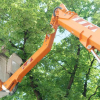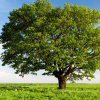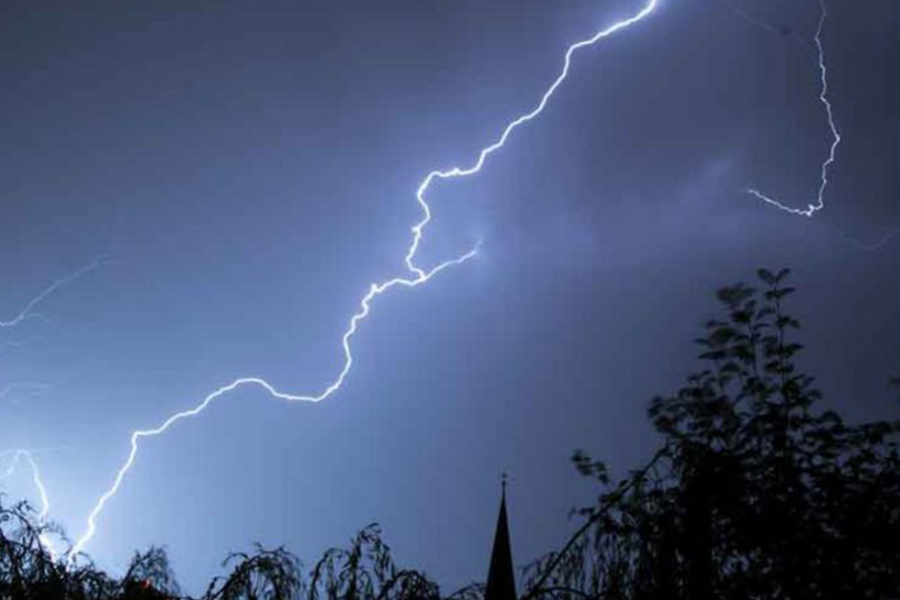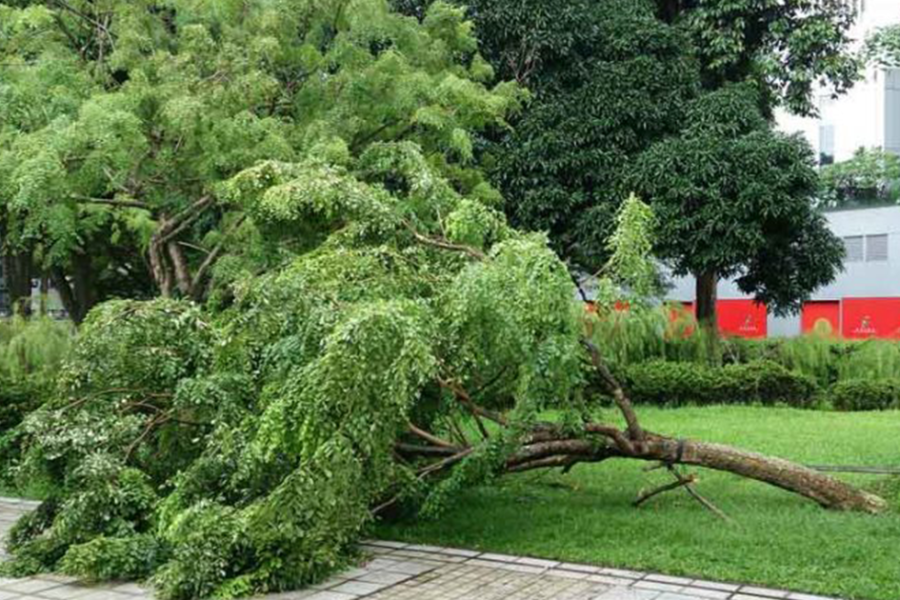
When a tree in your property sustains damage from a storm or if it develops some kind of disease, it’s often difficult to determine whether or not it can still be saved. Trees are strong and robust when they’re healthy and well maintained. But if they’re suffering from a disease, have sustained significant storm damage and are dying, they can be dangerous when left unattended.
What To Do With A Dying Tree?
But here’s the thing. Tree removal isn’t always the most practical solution when dealing with a dying tree. You see, if a dying tree is situated in a location where it’s not in danger of falling onto people or structures, it can be left alone to die in peace.
Keep in mind that even old dead trees still provide a habitat for different species of birds and other animals. So it’s really not necessary to have a dead tree removed unless it poses a clear and present danger to its surroundings. Obviously, though, there’s still the question of whether to save a tree from dying, just leave it be, or have it removed by a tree professional. Here are a few things you should consider to help you determine whether you should save your tree or start calling tree removal services in your area.
What To Do If Your Tree Is Dying
Assess the Damage and Overall Condition of the Tree
Before you decide to have a storm-damaged tree removed from your property, you might want to consider the following:
- Does the tree still look healthy and strong, besides the obvious damage it sustained from the storm?
- Did the tree sustain serious structural damage? Can you see major limbs broken? Large broken limbs pose a serious threat to the tree’s health and recovery.
- After the storm, does the tree still have more than 50% of its crown? A tree needs its crown in order to survive and recover, especially after sustaining storm damage. The overall condition of the tree’s crown is a good indicator of health and survivability.
- Check the remaining branches that are intact and see whether they are strong enough and structurally sound to form new branches. Broken branches are not necessarily a death sentence for the tree, as long as there are enough solid limbs for new foliage to grow.
- Check the size of the wounds sustained by the tree, especially those where branches have been torn and broken. Larger wounds will leave the tree susceptible to disease and infestation.
Think Long and Hard Before Making A Decision On What To Do With A Damaged Tree
Trees are important to the environment and to any property they grow on. So before you decide on the fate of a tree in your property, you better think long and hard and not make any rash decisions that you might regret later on.
In general, you need to consider a number of things before you pull the trigger on having the tree removed.
- First and foremost, you need to think about safety. Does the tree, in its current weakened state, pose a threat to the surroundings, especially people and structures? If the tree is located near a sidewalk or a pathway, it could pose a danger to pedestrians. If it’s located right beside the garage or your house, falling limbs and branches could pose serious damage to your property. On the other hand, if the tree is situated somewhere there are no people walking or hanging around it, no structures it could fall on to in the event it collapses, you can hold off on the removal process and wait to see if there’s even the slightest chance the tree could recover.
- Secondly, if the tree has sustained relatively minor damage, you should give it a chance to recover before you end its life. Trees are a lot more resilient than most people think when given the chance and provided with the best care possible.
- Lastly, you should contact a Certified Arborist to help provide a more complete assessment of the condition of the tree. Compared to other tree professionals, the number one priority of an Arborist is to save the tree rather than just cutting it down and be done with it.









